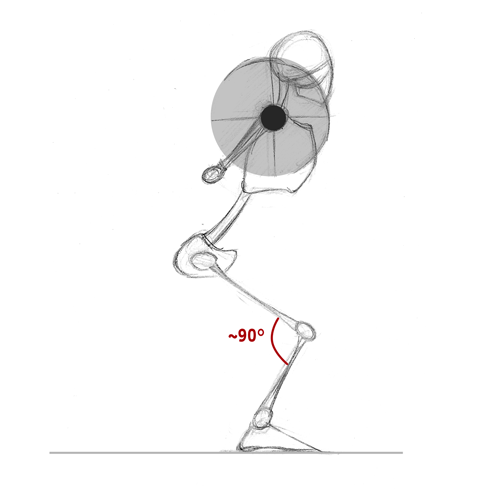

Figure 1. 1/2 Squat with a knee angle around 90 degrees.
In soccer, professional players cover between 8 and 12 kilometers per game, depending on their role. Although the activity depends mainly on the aerobic capacity of the players, short sprints (i.e., 1-4 seconds) are made almost every 90 seconds. Sprint actions are approximately 1 to 11% of the total distance traveled during a match.
In addition to sprints, players are doing also brief and intense actions such as abrupt changes of trajectory, ballistic controls against the opponent, jumps, etc. These actions are mainly dependent on the physical qualities of strength and power of the players. Various studies have previously shown that maximum muscle strength was related to acceleration and speed.
To verify this, in 2004, an international team of researchers wanted to determine more precisely the relationship between the maximum strength of the lower limbs and the sprinting and jumping abilities of elite soccer players. Seventeen professional soccer players from Rosenborg FC (Trondheim, Norway) participated in this study. This was spread over two days separated by 3 days of rest. The protocol was as follows :
Each player warmed up to 50-60% of their VO2MAX (i.e., maximum oxygen consumption) for about 20 minutes before performing 3 vertical jumps with preparatory countermovement (i.e., CMJ). Each jump was separated by one minute of rest, and the best performance was kept for analyzes. Jump height was determined using a force platform. Immediately after the vertical jumps, the 1RM in 1/2 Squat was determined for each player (Fig. 1). Three to six attempts were needed to obtain it. About 20 minutes after its determination, VO2MAX and maximum heart rate were measured.
During the second day, after a 30 minutes warm-up, the players made two 30 m sprints indoor and two 10 m "shuttle" test (Fig. 2). To record the time, photocells were placed every 10 meters. The players were leaving when they wanted, the passage in front of the first cell triggered the timing. The "shuttle" tests consisted of starting up to a beacon located 10 m from the starting line and returning as quickly as possible to the initial position.

Figure 2. Set up of photocells at 10, 20 and 30 m for sprints and shuttle test.
From the results obtained, a Bravais-Pearson correlation matrix was made to study the relationships between the chronometric performances, the maximal strength of the lower limbs and the jump height.
The main significant correlations observed are as follows:
According to the authors, 96% of sprints during a match are less than 30m, and of these, 49% are less than 10m. The results of this study show the strong relationship between maximum strength of the lower limbs and performance in short sprints. The correlation is very strong on the distances where the acceleration is very important (i.e., 10 m).
This study shows that training for maximal strength and explosive strength seems to be a good way to improve the abilities of players on certain game actions. In addition, with a measured VO2MAX of 65.7 ml/kg/min, these results show that it is possible to combine it with a high maximal strength level.
It is important to keep in mind that a correlation is only the link between two phenomena. A high maximal squat strength will not necessarily imply a high velocity during sprint. However, the muscle groups involved and the type of effort being the same, this could help footballers to perform better. Finally, in this study, the authors tested only the maximal strength of the lower limbs. It would be interesting in this type of test to also determine the mechanical power produced and the rate of force development (i.e., the explosive force) in order to compare these kinetic parameters at times at 10, 20 and 30 meters. So, the physical trainers could prescribe to the players a training program specific to the required qualities.
We remind you that you can quote articles by limiting your quotation to 200 words maximum and you must include a nominative link to this one. Any other use, especially copying in full on forum, website or any other content, is strictly prohibited. In doubt, contact us.
Copyright © 2011-2024 - www.sci-sport.com - All rights reserved